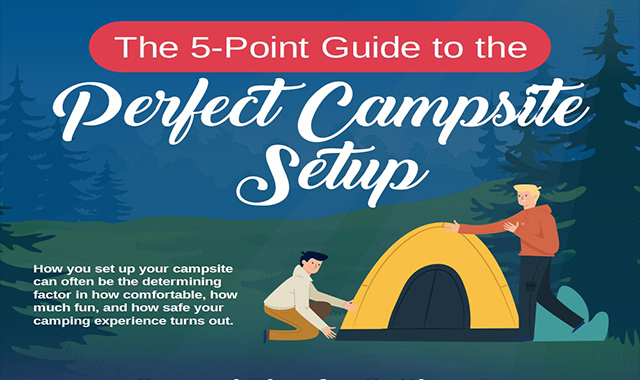Waterproofing Tips For Old Rain Flies
The Most Effective Knot Techniques For Tent Individual LinesThe Grasp Hitch is a simple and safe and secure means to set tent individual lines. It's likewise a terrific technique for backing out a persistent camping tent peg. It can additionally be utilized to create a flexible tarp man line where the adjustment is made at the tent/tarp end. It serves in high winds as it doesn't slip.
1. Bowline
Bowline is a knot that makes a loophole at one end of a rope. It's very easy to link and unknot, and it stands up to obstructing quite well.
It's also an excellent knot to make use of for joining 2 lines with each other, although it's normally recommended that you use a different method (such as a sheet bend or square knot) for this purpose, to avoid having both different bowlines put on versus each other gradually and deteriorate the line.
One prospective issue with bowlines is that they can quickly jam or bind if the working end is improperly passed through the rabbit opening. Numerous essential failings have actually been reported as a result of this, particularly when used in climbing applications. To aid stop this from occurring, you can make a left-handed bowline by passing the end around the standing part of the loop instead of via it, as received the computer animation below. This variation supposedly executes much better and withstands ring tension (a distending force applied either side of the knot) better than the conventional bowline.
2. Grasp Hitch
Utilizing these clutching hitches to safeguard your person lines assists you avoid the problem of your line jamming while readjusting or tightening them. They are likewise helpful when attaching a line to a things that is tougher to get to than your standing end, such as a tree or big anchor things.
The Grasp Hitch is a friction knot that can be conveniently moved up or down the line while slack but holds firm under lots. It works for tensioning ridgelines or guy lines and for camping applications to safeguard tarps or tents.
To link the Hold Hitch, pass the functioning end around the standing part two times and tuck it under itself. To tighten, pull on the functioning end to create a bight and afterwards utilize the bight to secure the knot to itself. For included safety, you can wrap the functioning end around the standing part 3 times to boost friction and stop the hitch from sliding under tons.
3. Midshipman's Drawback
Likewise known as the Taut Line Drawback (ABOK # 1856, p 310), Adjustable Drawback, or Rigger's Hitch this knot develops an adjustable loophole at the end of a rope that can be moved up and down the standing end yet still holds firmly when tightened up. It is likewise easy to unknot while under load.
Ashley advises this knot for a tent individual line since unlike the bowline it can be tied while under lots and is less vulnerable gift bag to twisting. It additionally develops an intermediate Awning Drawback that can take the preliminary lots while connecting the last Half Drawback
To use this knot cover the functioning end around an item such as a post or cleat. Next pass it back towards the object with the first Fifty percent Hitch developing a second Awning Drawback. Ultimately surface linking the last Fifty percent Hitch and draw hard to dress and tighten up. For added safety and security cover a second Midshipman's Hitch on top of the very first.
4. Flexible Grip Drawback.
The Flexible Grip Drawback, also referred to as the Crawley Adjustable Drawback and the Adjustable Loop Knot, is a rubbing drawback that can be easily moved up or down a line with slack but holds firm under tons. It is frequently used for changing outdoor tents ridge lines or tarps around camp.
This slide-and-grip knot offers excellent grip and is simpler to link than the Tautline Hitch or Midshipman's Hitch, however should not be used for vital applications given that it may slip when shock filled. It can be improved by adding added beginning turns to increase the "hold" and rubbing in unsafe materials.
To connect this rubbing drawback, pass the functioning end around the object, then cover it back along with itself and put the end under the second turn. Draw the functioning end to tighten up the knot.
